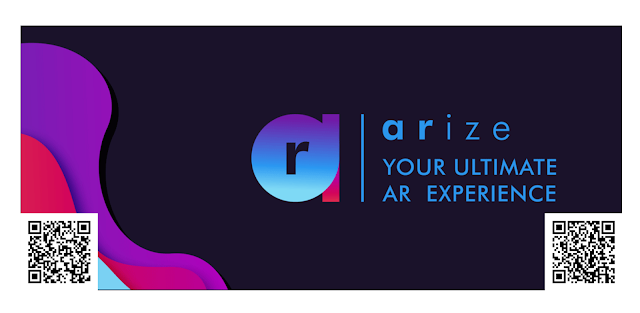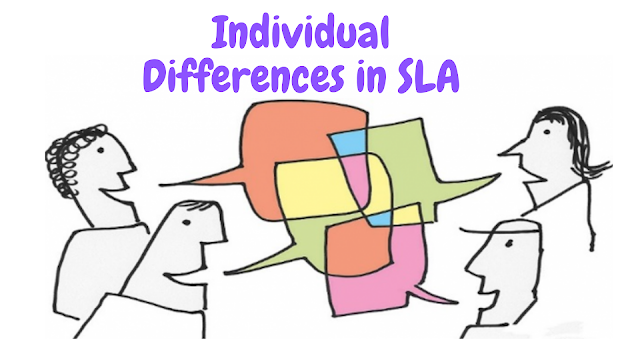AUGMENTED REALITY
nĭ hăo/你好
There are some words like VR, AR, and MR we all often hear these days and therefore wondering what's all that mean. Let's begin!!
WHAT IS AUGMENTED REALITY?
Augmented reality is the integration of digital information with the user's environment in real-time. Unlike virtual reality, which creates a totally artificial environment, augmented reality uses the existing environment and overlays new information on top of it.
The first big break for augmented reality was the "Pokémon Go", released in 2016 with a feature that lets players see virtual Pokémon standing in front of them, ready to be captured and played with. Now, technology companies like Microsoft and Mozilla(the company behind the Firefox browser)and even retail businesses like IKEA and Lego are exploring the potential of AR.
Google SkyMap is another well-known AR app. It overlays information about constellations, planets and more as you point the camera of your smartphone or tablet toward the heavens. Wikitude is an app that looks up information about a landmark or object by your simply pointing at it using your smartphone's camera.

WHAT ABOUT FOREIGN LANGUAGE TEACHING?
The possible advantages and disadvantages of AR technology in teaching foreign languages are also mentioned. Possible advantages include the inclusion of multiple intelligences; learning by observing and experiencing language; increase in language performance and success; communication with language, teacher and other students; individual learning and motivational. Language is learned best when learners can learn it through real experiences situated in the learning environment.
It addresses the hearing, touching and smelling unlike the traditional two-dimensional formats.
It enables learners to perceive, touch, and interact with the real world helped by all the digital information. The presentation of language materials through multiple senses promotes multi-sensory learning. This multi-sensory learning is essential for young learners. Every learner possesses different intelligence types. Therefore, while referring to different intelligence types, this multi-sensory development contributes to young learners’ language development by presenting the same content through different sources and senses for effective learning. Referring to multiple intelligences in young learner classes is also essential since young learners, based on their cognitive development, experience some difficulties in understanding abstract concepts.
In order to keep the joy, enthusiasm, and ambition of young learners alive, it is important to provide them with more opportunities to discover and experiment with the language. In this sense, AR designs can promote active and inquiry-based learning in TEYL classes and offer young learners the opportunity to experiment with the language, which is reported to be an essential condition for young learner language development in an augmented format. The chance of experimenting with the language by observing it through a 3D channel takes us to another advantage of AR technology; enhancing learner performance and achievement.
As AR tools present language content in a 3D form combining the characteristics of real and virtual representations, they serve as materials to grab young learners’ attention who are more interested in information coming from different senses. Being exposed to the language content through different channels and having the chance of experimenting with the language, young learners can be more actively involved in the process of learning the target language. This voluntary involvement positively influences their performance and, therefore, learning achievement.
From the social constructivist perspective proposed by Vygotsky (1978), it is essential for young learners to interact with people and their environment to learn in an effective way. Developing different types of interaction is a necessary phase in young learner language classes in two aspects; first, young learners need to develop their communicative skills and second, their awareness should be raised in considering language as a medium of interaction. Therefore, taking all into consideration, AR designs can be considered as helpful tools to support interaction between learners and their surroundings.
As it always has been, less is more.It is beneficial, it can contribute so much but it should not always be used. Maybe it can be used as token economy, for example, considering the public school conditions, children are not to allowed to use a phone at school, however at the end of the class, phone usage can be provided to the students who have a high level of attendance or are exemplary to their friends. If they have not phone, the teacher can support them with his/her own phone.
We tried the ARize application in our instructional technology class and I think its working principle is simple. It allows us to pick a picture and put a video on it from youtube or anywhere or you can put 3D object. We take a photo of what we want to make AR and then we link it with a video.
This was my first experience and I didn't have a chance to choose the picture to scan. I did it with what my instructor gave me in limited time so the picture and the video that I chose didn't match with each other. Maybe I couldn't imagine what it would be like so I made wrong decisions.

HERE you can look at them.
However, I also tried it at home with "The Call of the Wild" book. I chose some pictures from the book to illustrate while reading.
In this picture, I used YouTube one more time.
Here you can see
But in this picture, I wanted to do something different so I chose Google Poly to link with.
Here you can see
zài jiàn/再见
There are some words like VR, AR, and MR we all often hear these days and therefore wondering what's all that mean. Let's begin!!
WHAT IS AUGMENTED REALITY?
Augmented reality is the integration of digital information with the user's environment in real-time. Unlike virtual reality, which creates a totally artificial environment, augmented reality uses the existing environment and overlays new information on top of it.
The first big break for augmented reality was the "Pokémon Go", released in 2016 with a feature that lets players see virtual Pokémon standing in front of them, ready to be captured and played with. Now, technology companies like Microsoft and Mozilla(the company behind the Firefox browser)and even retail businesses like IKEA and Lego are exploring the potential of AR.
Google SkyMap is another well-known AR app. It overlays information about constellations, planets and more as you point the camera of your smartphone or tablet toward the heavens. Wikitude is an app that looks up information about a landmark or object by your simply pointing at it using your smartphone's camera.

WHAT ABOUT FOREIGN LANGUAGE TEACHING?
The possible advantages and disadvantages of AR technology in teaching foreign languages are also mentioned. Possible advantages include the inclusion of multiple intelligences; learning by observing and experiencing language; increase in language performance and success; communication with language, teacher and other students; individual learning and motivational. Language is learned best when learners can learn it through real experiences situated in the learning environment.
It addresses the hearing, touching and smelling unlike the traditional two-dimensional formats.
It enables learners to perceive, touch, and interact with the real world helped by all the digital information. The presentation of language materials through multiple senses promotes multi-sensory learning. This multi-sensory learning is essential for young learners. Every learner possesses different intelligence types. Therefore, while referring to different intelligence types, this multi-sensory development contributes to young learners’ language development by presenting the same content through different sources and senses for effective learning. Referring to multiple intelligences in young learner classes is also essential since young learners, based on their cognitive development, experience some difficulties in understanding abstract concepts.
In order to keep the joy, enthusiasm, and ambition of young learners alive, it is important to provide them with more opportunities to discover and experiment with the language. In this sense, AR designs can promote active and inquiry-based learning in TEYL classes and offer young learners the opportunity to experiment with the language, which is reported to be an essential condition for young learner language development in an augmented format. The chance of experimenting with the language by observing it through a 3D channel takes us to another advantage of AR technology; enhancing learner performance and achievement.
As AR tools present language content in a 3D form combining the characteristics of real and virtual representations, they serve as materials to grab young learners’ attention who are more interested in information coming from different senses. Being exposed to the language content through different channels and having the chance of experimenting with the language, young learners can be more actively involved in the process of learning the target language. This voluntary involvement positively influences their performance and, therefore, learning achievement.
From the social constructivist perspective proposed by Vygotsky (1978), it is essential for young learners to interact with people and their environment to learn in an effective way. Developing different types of interaction is a necessary phase in young learner language classes in two aspects; first, young learners need to develop their communicative skills and second, their awareness should be raised in considering language as a medium of interaction. Therefore, taking all into consideration, AR designs can be considered as helpful tools to support interaction between learners and their surroundings.
As it always has been, less is more.It is beneficial, it can contribute so much but it should not always be used. Maybe it can be used as token economy, for example, considering the public school conditions, children are not to allowed to use a phone at school, however at the end of the class, phone usage can be provided to the students who have a high level of attendance or are exemplary to their friends. If they have not phone, the teacher can support them with his/her own phone.
We tried the ARize application in our instructional technology class and I think its working principle is simple. It allows us to pick a picture and put a video on it from youtube or anywhere or you can put 3D object. We take a photo of what we want to make AR and then we link it with a video.
This was my first experience and I didn't have a chance to choose the picture to scan. I did it with what my instructor gave me in limited time so the picture and the video that I chose didn't match with each other. Maybe I couldn't imagine what it would be like so I made wrong decisions.

HERE you can look at them.
However, I also tried it at home with "The Call of the Wild" book. I chose some pictures from the book to illustrate while reading.
In this picture, I used YouTube one more time.
Here you can see
But in this picture, I wanted to do something different so I chose Google Poly to link with.
Here you can see
zài jiàn/再见
.






Yorumlar
Yorum Gönder